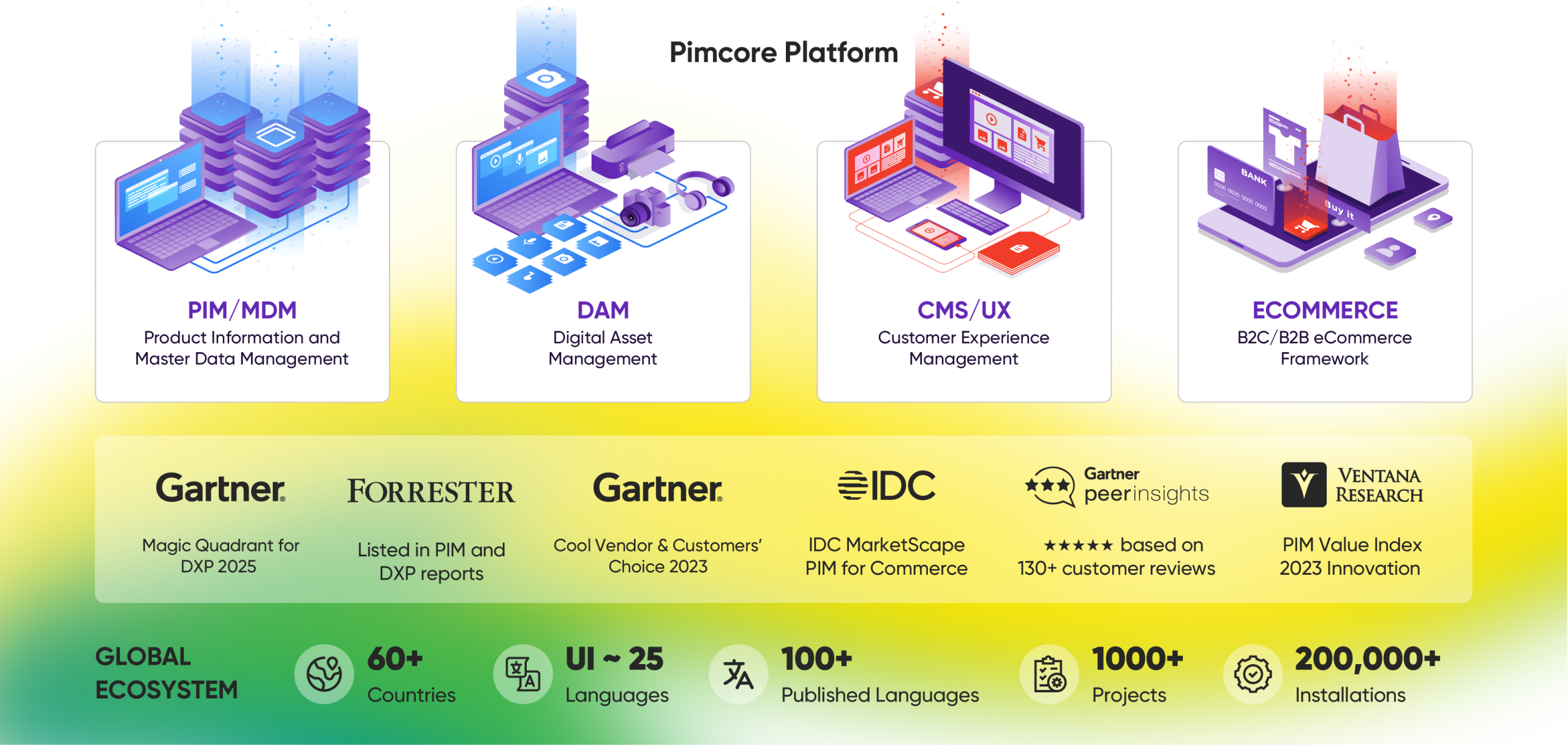Even in today’s highly developed business climate, enterprises often find themselves surrounded by countless vexing questions regarding maintaining their product catalogs.
The absence of an efficient product catalog management strategy undermines the influence of your data and, in an era of ever-expanding product information, can leave your business far behind.
On the other hand, a centralized catalog with scalable run-time access to your workforce can speed up your time-to-market, greatly help in managing SKUs, offer information about your products/services, and bring you the details in a single view.
While rich, consistent product information can turn new prospects into customers and continue attracting old ones, operational excellence with automation can help beat enterprise competition. Here are a few steps that’ll come in handy when you’re out to manage your product catalog.
- Analyze Your System of Records
Combating silos begin with organizing your data. Your product information might be living in disparate repositories and systems, like spreadsheets, documents, employees’ hard drives, emails, even personal systems of original information sources, e.g., photographers, outside vendors, or producers. For starters, it’s imperative to ascertain what information is needed for every channel.
The next logical step is to figure out how that information can be obtained and where it resides—within the company structure or outside. Product information managers must collaborate with internal departments and channel partners to unearth all the sources of product data to manage it effectively. This will also form the building blocks for an efficient product information management system needed to eliminate inconsistency, i.e., leaving no ambiguity for the customer about which version of the “truth” is really true.
Also read: Connecting PIM with Digital Threads: A Vital Enabler
- Classify and Categorize Product Catalogs
Now that all key stakeholders in your organization are involved with product information identification and their sources have been discovered, it’s time to determine how these products must be presented.
As you sift through your data, you must also start considering how internal groups would like to view the products and the projected classifications.
Different assortments are needed to suit different purposes. For instance, a customer-centric classification must be entirely separate from how product categorization for the organization’s internal purposes would appear. In other words, one assortment may be governed by product category, and another by keeping the manufacturer or product supplier in mind.
Over here, it’s sensible to bear in mind how your taxonomy and categorization would affect your website structure and navigation, which will be directly linked with your ability to be found via search engines. Information that extends too far down in hierarchies may mar your visibility and digital customer experience.
- Enrich your product data with GenAI
Now that looking for data sources and deciding the taxonomy are out of the way, enhance and enrich your product data using GenAI capabilities. Since buyers expect complete, accurate, and relevant product information, you can expedite the enrichment process with GenAI. Add appropriate imagery, desired multimedia files, accurate product descriptions, videos, and other relevant material so the product “speaks for itself.”
Product attributes must be determined so that SKUs can be defined; further, they must be described as category-specific characteristics. If a product attribute is common among product kinds and groupings like size, weight, color or form, the attribute must be applied as a filter. Category-specific filters help users whittle down their search.
Also read: Why PIM is your greatest ally in product catalog management (PCM)?
- Personalize for Cross-sell and up-sell
Often, e-commerce portals offer “suggestions” that show similar or accompanying products. Displaying related products helps buyers in their present purchase and is a strategic move to cross-sell and upsell, hence buying more. This not only hooks the consumer but also reinforces customer loyalty.
For B2B buyers, bundling similar products or combos and presenting them to buyers can help them build a great rapport. Displaying relevant products in case of out-of-stock or discontinuation situations, or suggesting to customers a key component of what they’re seeking, shows your superior understanding of the customers’ needs. A flexible PIM system will aid marketers in enhancing and personalizing their customer experience.
- Automate catalog updates and data synchronization
Manual catalog updates are inefficient and prone to errors. Implement an automated process to ensure accuracy for frequent product launches, price changes, and inventory fluctuations. Automated process also helps prevent stock discrepancies, price mismatch, and outdated product descriptions. This reduces cart abandonment rates and enhances the overall customer experience.
- Enable omnichannel experience
Buyers expect a seamless experience regardless of the channel or platform they shop on. Without an omnichannel strategy, businesses risk fragmentation and inconsistency in the buyer’s journey. A robust omnichannel product management strategy, supported by automated product syndication capability, ensures product information is tailored for each channel while maintaining a unified brand experience. It also enables brands to implement localized product content strategies based on the markets, currencies, and languages.
Also read: Discover New Growth Paths with AI-Driven Data Management
The right product catalog management can solve more than one problem. Invest in a future-ready catalog management system ensures that product data remains structured, accessible, and optimized for business growth and customer engagement. Since Gen AI capabilities are being aggressively adopted, it is imperative for brands to consider product catalog solutions accordingly.
How a PIM Platform Can Help
A product information management (PIM) platform can help you address product assortments and categorizations across multitudes of retailers and sales channels by offering rich, organized, consistent product information.
One such trustworthy application is Pimcore. It’s a 100% open-source digital platform for managing data and user experiences, offering a wide range of solutions, including PIM, MDM, DAM, CDP, DXP and eCommerce.

Click here to know more about how Pimcore can help you drive better business outcomes.

He leads the Pimcore Practice Marketing at Happiest Minds, where he drives go-to-market strategy, demand generation and product marketing. With a strong focus on lead generation and customer acquisition, he brings a proven track record of accelerating revenue growth. He combines strategic thinking with execution and collaborates closely with cross-functional teams to deliver impactful marketing programs.








